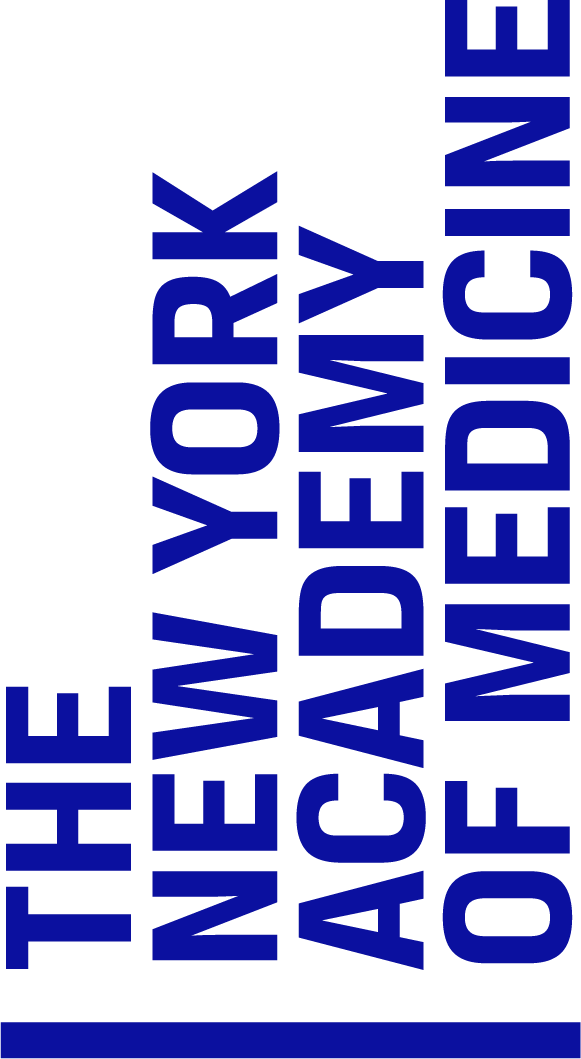While Vesalius is often referred to as the father of modern anatomy, his French contemporary Ambroise Paré is renowned as the father of modern surgery. This book, long considered a classic text on the treatment of head wounds, contains 74 woodcuts, many hand-colored and adapted from the corpus of Vesalius.
Paré, born near Laval in western France in 1509, studied in Angers and later Paris, where he was apprenticed to a barber-surgeon. In Paris, the barber-surgeons were the lowest of three ranks of physicians who did the bleeding and leeching and were often well-practiced in dissection; it was the barbers who were often most willing to experiment and take on difficult operations.
Paré proved to be a skillful and effective innovator. After his apprenticeship, Paré worked for three years at Paris’ oldest hospital, the Hôtel-Dieu, where he attended the poor in crowded and unsanitary conditions, treating every kind of disease. Paré later said that this experience was more instructive than any anatomy course.
While serving at the siege of Turin, Paré realized in improvising a poultice of egg yolk, oil of roses and turpentine for a gunshot wound that this dressing was more effective than the accepted method of cauterization. His findings were published in 1545 in La methode de traicter les playes faites par les qrquebuses et aultres bastons a feu. Paré had never learned Latin, and this first book, written in vernacular French, became an instant classic.
In 1552, Paré was appointed ordinary surgeon to France’s King Henry II. At the wedding of King Philip of Spain and Elizabeth of France, the king, an avid hunter and jouster, was fatally struck in the eye by the shaft of a lance; both Paré and Vesalius treated the king for eleven days before he finally died. Encouraged by Jean Chapelain, Henry II’s premier physician (to whom this book is dedicated) Paré embarked on publishing the text and images herein.
The book is divided into two sections. The first section, devoted to the anatomy of the head, is illustrated with woodcuts that Paré had assembled for his 1561 Anatomie Universelle. The anatomical engravings were modified from the woodcuts of Vesalius and completed by the talented Jean le Royer, King’s Printer. The second part of the book details the treatment of head wounds, skull fractures and diseases of the face. Included in this section are many drawings of surgical instruments, many fashioned by Paré himself.
The book contains the woodcut portrait by Jean Cousin, printed in an oval surrounded by Paré’s motto, “Labor improbus omnia vincit” (hard work conquers all). Our copy was signed by Antonius Dupont and owned by book collector E.C. Streeter. It is bound in limp vellum, with a gold-tooled vignette on the cover.
Paré was a ground-breaking surgeon in many disciplines. In obstetrics he pioneered a new way of turning an infant in the uterus. He made significant advancements in the treatment of hernias, introduced the fitting of artificial limbs and eyes, and devised a new instrument to ligate blood vessels to reduce hemorrhage after amputation. As with much of his work, the Methode Curative was widely distributed and reached a large audience. In the years after his death, his work, cautiously embraced during his lifetime, was rejected by the French academic medical establishment; his reputation grew again when the Faculty of Medicine was abolished in the French Revolution.
Photography by Ardon Bar-Hama courtesy of George Blumenthal.
